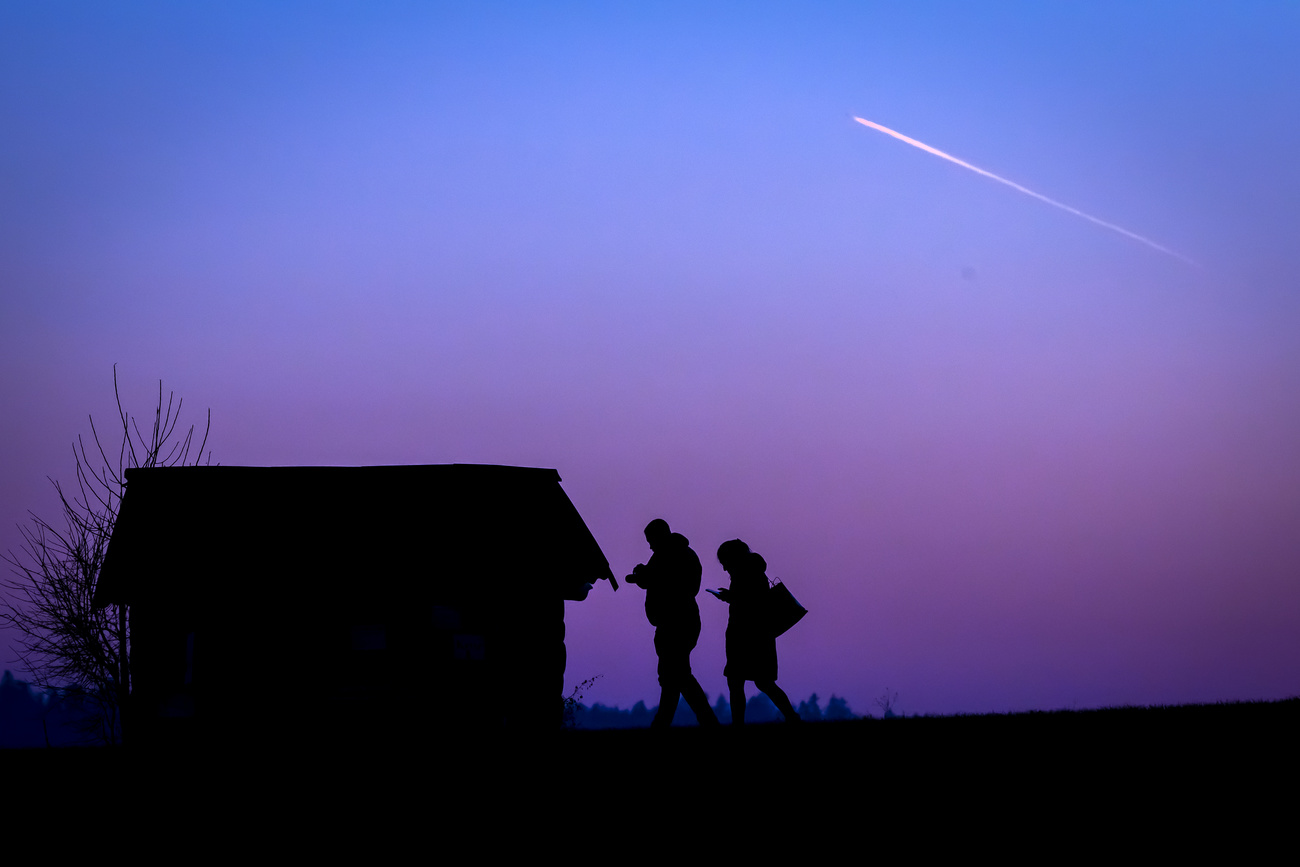Ticino in the grip of drought

Three months of extreme winter temperatures and drought have ravaged the agriculture and environment of canton Ticino.
Although the Italian-speaking area of Switzerland is no stranger to dry and sunny winters, often followed by humid spring seasons, the month of December was the driest in the area for over a century.
To the south of the Alps, the last rainfalls date back to 90 days.
Previous records dating back to the winter of 1988-89 also show 77 consecutive days without rainfall in Ticino.
No rain has been forecast in the short to medium term in the canton – and, outside of the Airolo area, snowfall in the region is also rare. This phenomenon is liable to lead to a dangerous lack of fresh water in mountain springs after the winter.
Hose pipe ban
One consequence of the lack of rain and snowfall is that reserves of water have become dangerously low, particularly in the southern region of Mendrisiotto. Some communities in the area have consequently had to turn off the majority of their fountains and restrict the use of water by imposing a ‘hose pipe ban’ with respect to washing cars and walkways.
Meanwhile, authorities in Mendrisiotto hope that the construction of an aqueduct will help to supply the households of the area with water from Lake Lugano.
The ongoing drought has fuelled recent forest fires throughout Ticino, many of which began out of sheer negligence.
The lack of water has begun to affect other aspects of life in the canton. A spokesman for the local agricultural union, Tiziano Pedrinis, said even the price of vegetables had risen sharply as a result of the shortage of water and that he feared for the crop of wheat if the climate does not change in the coming weeks.
Pollution in Chiasso and Leventine
The unusual weather has also had a marked effect on the air quality in Ticino, particularly in Leventine and Chiasso. The carbon dioxide levels in both places have gone beyond the limits deemed acceptable by the federal government.
The Chiasso authorities have for example, registered carbon dioxide in excess of 50 microgrammes per cubic meter.
On the other side of the border, the levels of pollutions are sometimes twice as high.
swissinfo

In compliance with the JTI standards
More: SWI swissinfo.ch certified by the Journalism Trust Initiative








You can find an overview of ongoing debates with our journalists here . Please join us!
If you want to start a conversation about a topic raised in this article or want to report factual errors, email us at english@swissinfo.ch.